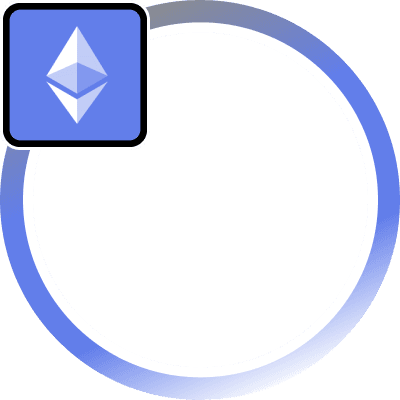Overview
Marginal is a decentralized, permissionless spot and perpetual exchange designed for leveraged trading. Built on a Uniswap V3 oracle infrastructure, it enables anyone to trade with leverage while maintaining high levels of liquidity and security through an automated market maker (AMM) model. The protocol allows the creation of leveraged markets on any asset with a Uniswap V3 spot pool, aiming to minimize trust dependencies and ensure a censorship-resistant environment.
Key Features
Trading Mechanics
The protocol operates with leveraged trading supported by pooled liquidity. When a trader opens a position, they borrow liquidity from the pool, reducing its available reserves proportionally. This liquidity is converted, overcollateralizing the trader’s position and enabling exposure to desired assets with controlled risk. Marginal employs a 12-hour time-weighted average price (TWAP) to protect against oracle manipulation, creating an added layer of security for traders and liquidity providers.
Automated Market Maker (AMM)
Marginal’s AMM model allows liquidity providers to pool tokens passively in perpetual markets, where traders can leverage these reserves for derivative trading. This setup ensures that when positions are closed or liquidated, liquidity is returned securely to the pools, providing predictable returns to liquidity providers and preserving the protocol’s integrity.
Insurance Fund
The insurance fund is a critical component, protecting liquidity providers from potential losses and ensuring that liquidations return sufficient funds to the liquidity pool. By allocating insurance balances, Marginal maintains protocol solvency during adverse market conditions, contributing to the long-term sustainability of the AMM model.
Funding Rate
The protocol’s funding rate adjusts based on the utilization of liquidity pools. A typical funding rate applies to outstanding leveraged positions, motivating traders to close positions early if they approach liquidation thresholds. This mechanism aligns the Marginal pool prices with external markets, promoting price convergence and balancing liquidity utilization.
Tokenomics
Marginal Token
The Marginal Token ($MARG) serves as the protocol’s native currency, designed with deflationary mechanics to maintain scarcity and value appreciation. Although details are still forthcoming, the token distribution structure includes incentives for liquidity providers and traders.
Protocol Earnings and Deflationary Mechanisms
The protocol generates earnings primarily through trading fees and funding rates, which are redistributed to $MARG token holders and liquidity providers. Deflationary mechanisms, still in development, are expected to enhance the token’s value by reducing supply over time.
Contracts and Tooling
Smart Contracts
Marginal’s core contracts are built with permissionless design principles and support automated, non-custodial trading and liquidity management. The smart contracts undergo regular audits to reinforce security and reliability.
Tooling and Resources
Additional tools, such as tutorials, an interactive glossary, and a whitepaper, are available to aid users in navigating and understanding the protocol. While detailed tutorials and tooling information are in progress, the protocol’s Github repository offers access to simulation models and audit results for in-depth technical review.







